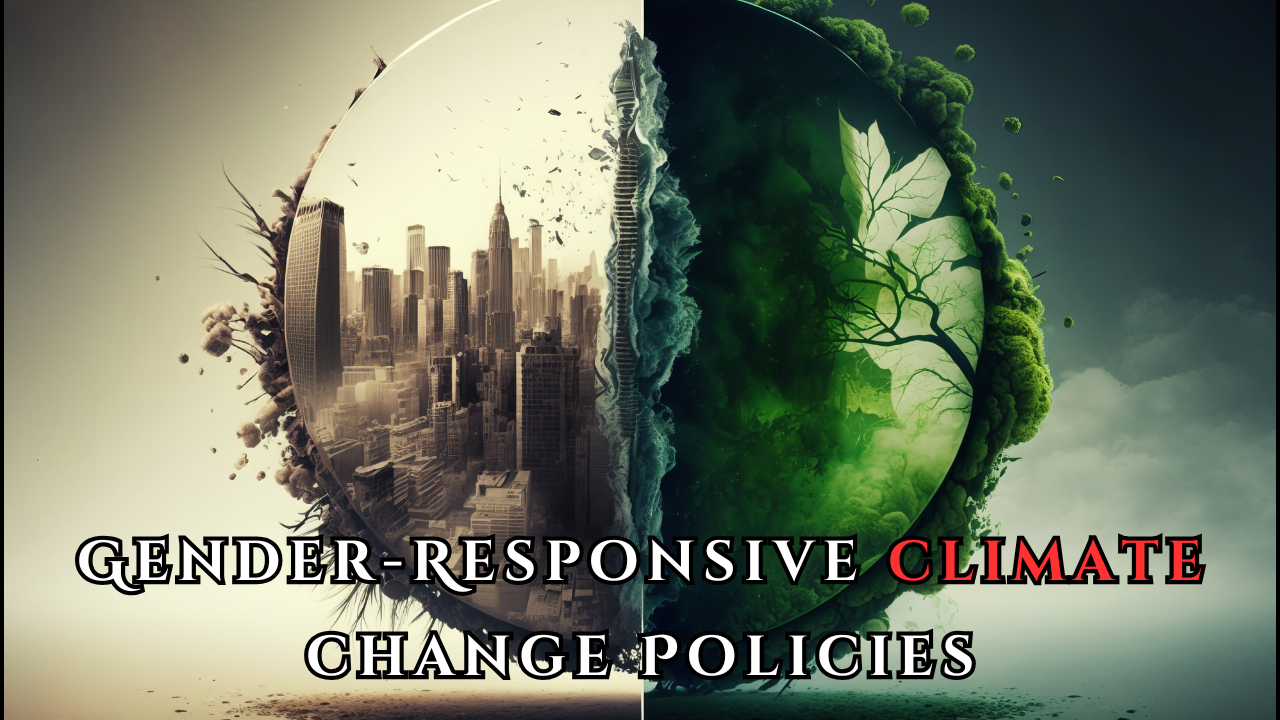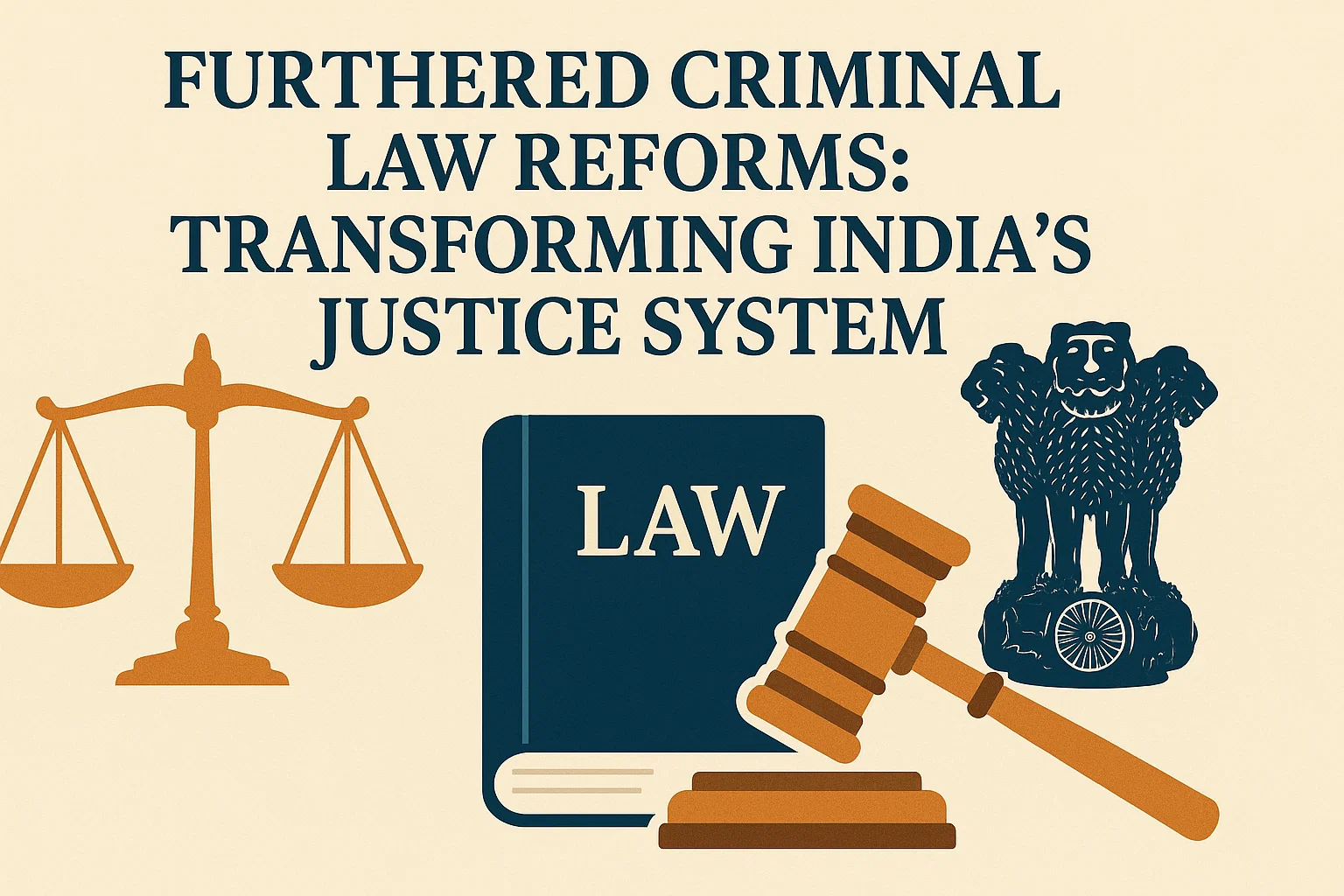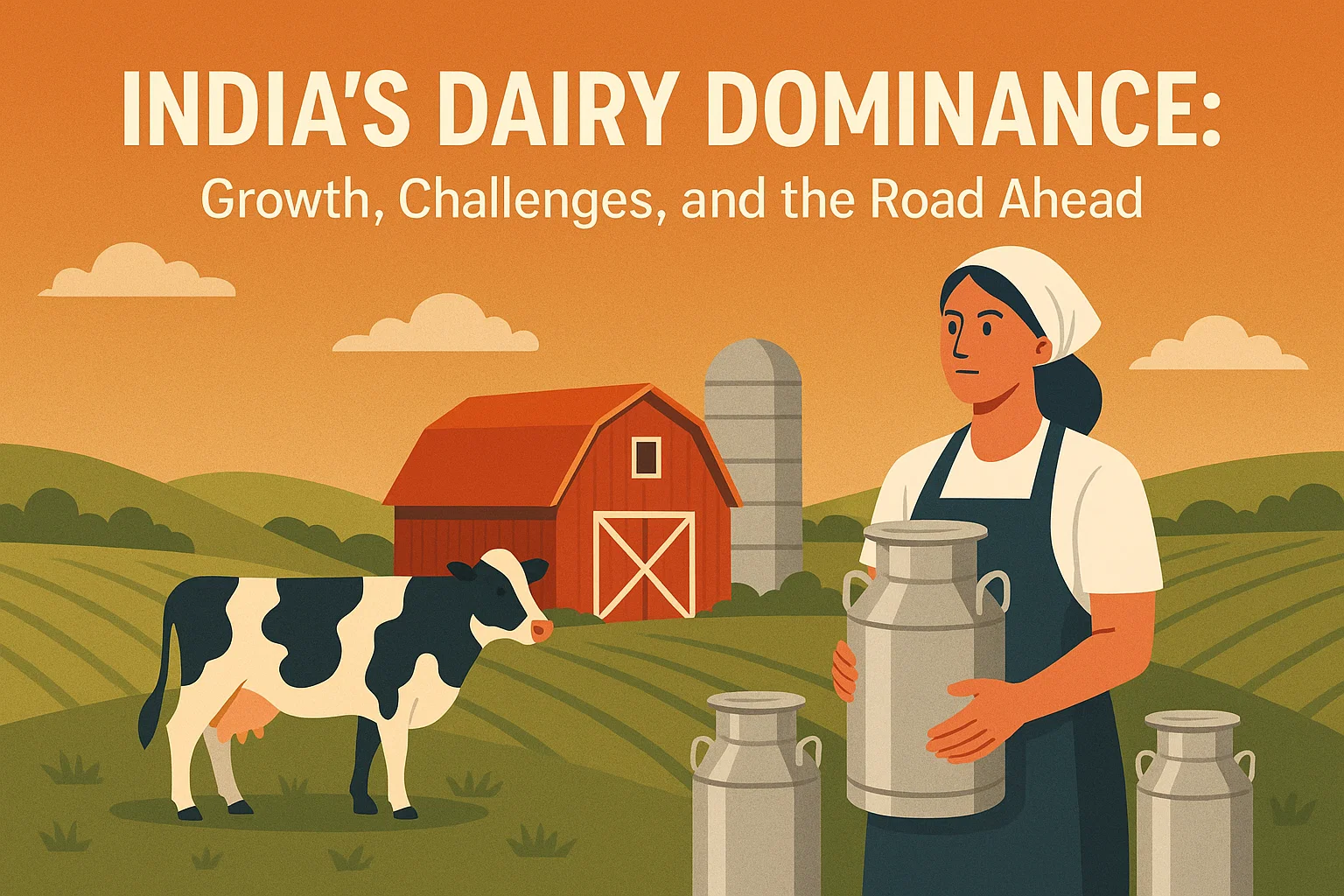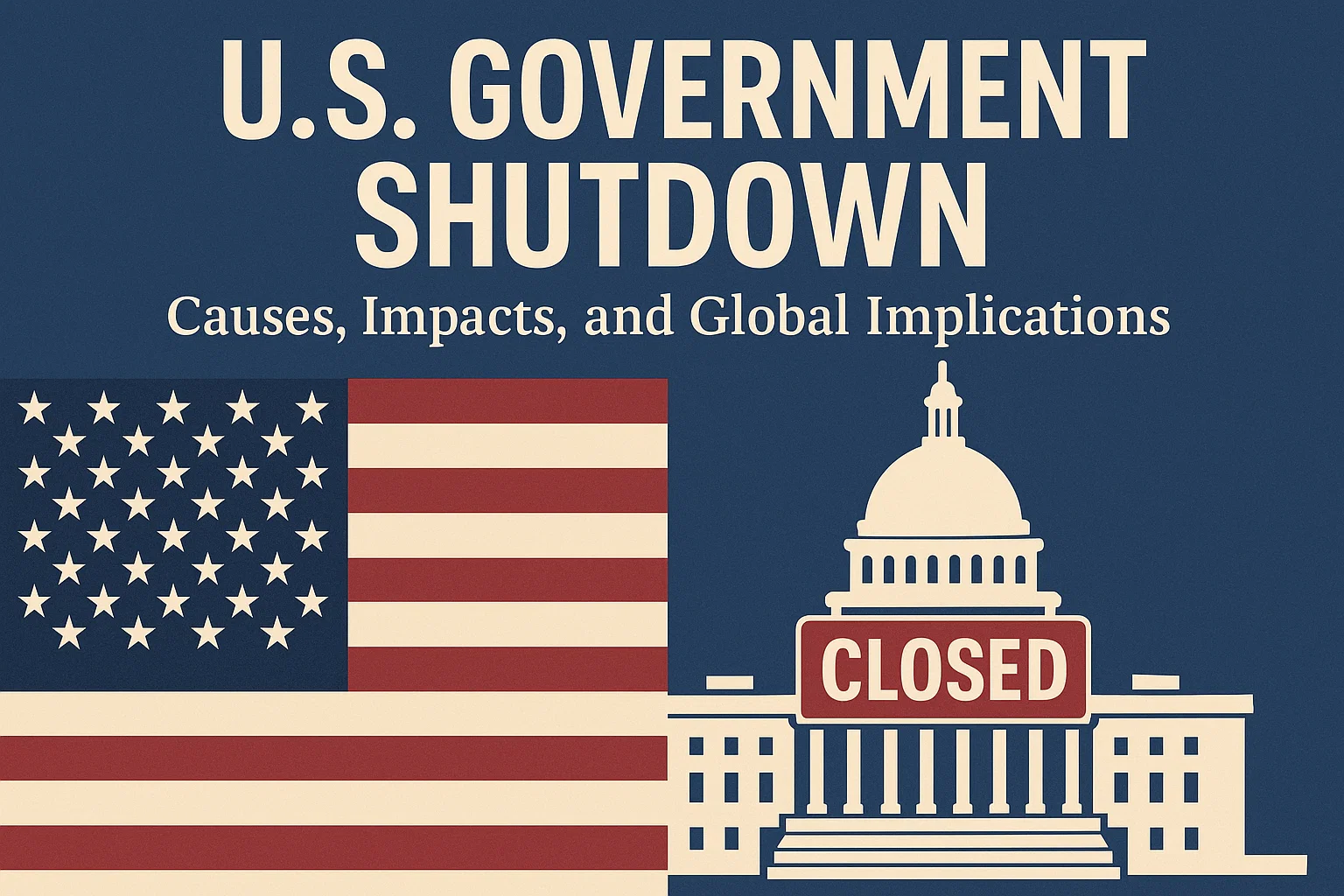Font size:
Print
Plastic Waste Crisis in the Himalayas
Single-use food, beverage packaging forms 84% of Himalayan plastic waste
Context:
An alarming environmental crisis is unfolding in the Indian Himalayan region, where over 84% of plastic waste is made up of single-use food and beverage packaging, according to findings by the Zero Waste Himalaya Alliance, a coalition of NGOs combating plastic pollution.
More on News
- The findings were released during the Zero Waste Himalaya Network Meet held in Bir, Himachal Pradesh in April, ahead of the annual Himalayan Cleanup (THC) scheduled for May 26–30.
- The event brought together various organisations and experts who expressed concern over the inefficacy of current policies in addressing the unique ecological and infrastructural challenges of the mountainous region.
The scale of the Problem
- A study conducted by the alliance revealed that approximately 70% of the plastics collected across the vast Himalayan belt — spanning from Ladakh to Arunachal Pradesh — are non-recyclable and lack any market value.
- These plastics often consist of multilayered and tetra pak materials that cannot be processed through conventional recycling systems.
Who Is Behind the Cleanup?
- The alliance is jointly led by two major organisations:
- Zero Waste Himalaya, based in Gangtok, Sikkim, and
- Integrated Mountain Initiative, based in Dehradun, Uttarakhand.
- Since 2018, they have spearheaded The Himalayan Cleanup (THC) — one of the largest citizen-led movements against plastic waste in the region. The THC2025 cleanup drive is scheduled from May 26 to May 30.
- The April convergence was supported by international networks including:
- GAIA-Asia Pacific, and
- Break Free From Plastic, both committed to ending plastic pollution by promoting sustainable alternatives.
Waste Is a Systemic Issue
- In a statement issued on May 8, 2025, the alliance emphasised that the Himalayan plastic waste crisis stems more from systemic production and policy-level failures than from individual consumer behaviour.
- It called for a paradigm shift away from centralised and extractive waste systems, toward localised, culturally sensitive, and sustainable approaches.
- The group advocated for stronger enforcement of Extended Producer Responsibility (EPR) in the mountains and emphasised solutions that incorporate traditional knowledge and community-based practices.
THC2024 Audit Data: Key Findings
- The scale of the Himalayan Cleanup has expanded significantly. In 2018, volunteers from 200 organisations conducted waste audits at more than 250 sites. By 2024, over 15,000 volunteers from 350 organisations covered 450 locations across the Indian Himalayan region.
- This year’s report revealed that among the nine targeted Himalayan states, Sikkim generated the highest volume of trash. Volunteers audited 53,814 items (44% of the total) across 86 sites in the state.
- Darjeeling in West Bengal followed with 36,180 items from 37 sites. Ladakh ranked third with 11,958 pieces of trash picked from 18 locations, trailed by Nagaland and Uttarakhand.
- Six key categories: food packaging, household products, personal care products, smoking material, packing material, and others.
- Across all nine states, the 2025 cleanup recorded a total of 1,21,739 pieces of waste, of which 1,06,857 were plastic—the overwhelming majority being single-use plastics.
- Darjeeling in West Bengal followed with 36,180 items from 37 sites. Ladakh ranked third with 11,958 pieces of trash picked from 18 locations, trailed by Nagaland and Uttarakhand.
Alarming Trends in Non-Recyclable Waste
- Food and beverage packaging alone accounted for 84.2% of all plastic waste collected. More troubling is the fact that 71% of this packaging was non-recyclable—a trend consistent with previous years: THC2022 and THC2023 reported 72% and 77.4% non-recyclable plastic waste, respectively.
- The report pointed to multilayered plastics and Tetra Pak-style containers as primary contributors. “These problematic plastics are not collected by any waste pickers or scrap dealers and are found littering mountain landscapes, choking waterways and filling up landfill sites,” the alliance noted.
- Given the persistence and non-recyclability of this plastic waste, the report called for solutions beyond the recycling lens. It stressed that relying on recycling alone cannot address the scale and nature of the crisis, especially in remote, high-altitude regions with limited infrastructure.
Focus Areas and Future Action
- The THC2024 spanned a diverse range of areas — from remote villages and schools to tourist hotspots and protected zones. Tourist locations, especially those near water bodies and rivers, were the most severely affected.
- Looking ahead, the alliance plans to push for mountain-sensitive policies, increased financial and logistical support, and integrated action linking waste management to issues of climate change, biodiversity loss, and food security in the Himalayas.
- In a significant expansion of its regional footprint, the alliance also welcomed organisations from Bhutan and Nepal to this year’s cleanup initiative, reflecting growing transboundary concern for the ecological integrity of the Himalayas.



